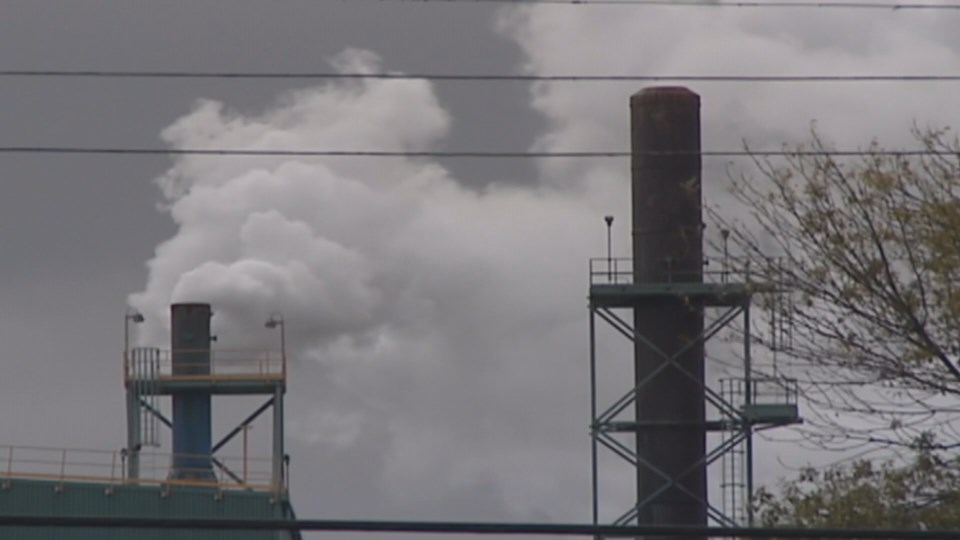Boulder County Public Health, or BCPH, officials are warning residents that unhealthy air could invade the region sooner than ever before. The caution comes after one of the worst years for air quality along the Front Range.
A record-breaking wildfire season blanketed Boulder County in smoke for much of the summer and fall, while ozone level regularly exceeded the EPA National Air Ambient Air Quality Standard for health with 43 ozone action day alerts, according to a BCPH news release. Because of the high ozone levels recorded during summer 2020, the area will be reclassified to “severe” nonattainment of the 2008 National Ambient Air Quality Standard in late 2021 or early 2022, the news release states.
“We often think of the Rocky Mountains as a crisp, clean environment, but the truth is that those same mountains can trap air pollutants, including air pollutants from outside the county, up against the foothills,” said Bill Hayes, Boulder Public Health Air Quality coordinator in the news release. “Knowing when air quality is bad — and what to do when it is — can help protect your health.”
BCPH outlined several measures county residents can take to protect themselves during unhealthy ozone days to mark Air Quality Awareness Week.
If visibility is over 10 miles, the air quality is good for particulates. If visibility is 5-10 miles, the air quality is acceptable. Visibility below five miles is concerning and outdoor activity should be limited, the news release states.
Health officials warn ozone levels can be in the unhealthy range even on clear days. Ozone on its own is invisible and is produced when volatile organic compounds, or VOCs, mix with combustion emissions in the presence of sunlight. Breathing air levels of ozone can harm the respiratory system, the news release states.
Most of Boulder County’s VOCs predominantly comes from oil and gas operations to the northeast and combustion byproducts from vehicles, the news release states. These pollutants often get trapped against the mountains when they receive sunlight that spurs the chemical reaction that produces ozone.
Ozone used to be thought of as a summer problem, but ozone season is starting earlier and ending later due to climate change, the news release states.
Boulder County Public Health officials recommend the following resources to monitor air quality:
Sign up for daily Air Quality Alerts from the Colorado Department of Public Health and Environment. The email alerts provide current health advisories and air quality forecasts.- Visit airnow.gov. Enter a zip code to see the Air Quality Index, orAQI, in that area. The AQI provides a simple snapshot of air quality by combining data from both ozone and particulate monitors.
- Visit PurpleAir, which displays data for low cost sensors that individuals can purchase. These monitors are not 100% accurate and there is no assurance they are appropriately located or maintained. BCPH officials urge residents to look at the averages of a number of monitors in your area rather than depend on a single monitor reading.
- Visit BouldAir.com. BCPHh operates a monitoring station at the Boulder Reservoir that measures methane and ozone precursors. The website displays real-time data from the Boulder County Reservoir monitoring station along with data from monitoring stations in Longmont and Broomfield.
Public officials recommend that on poor air quality days, residents should stay indoors and limit strenuous activity. People should avoid physical activities on days with wildfire smoke.
Also, in homes with central air systems, people should install the highest rated manufacturer-recommended air filters and replace filters regularly. In homes without central air systems, consider installing a portable filtration unit, the news release states.



